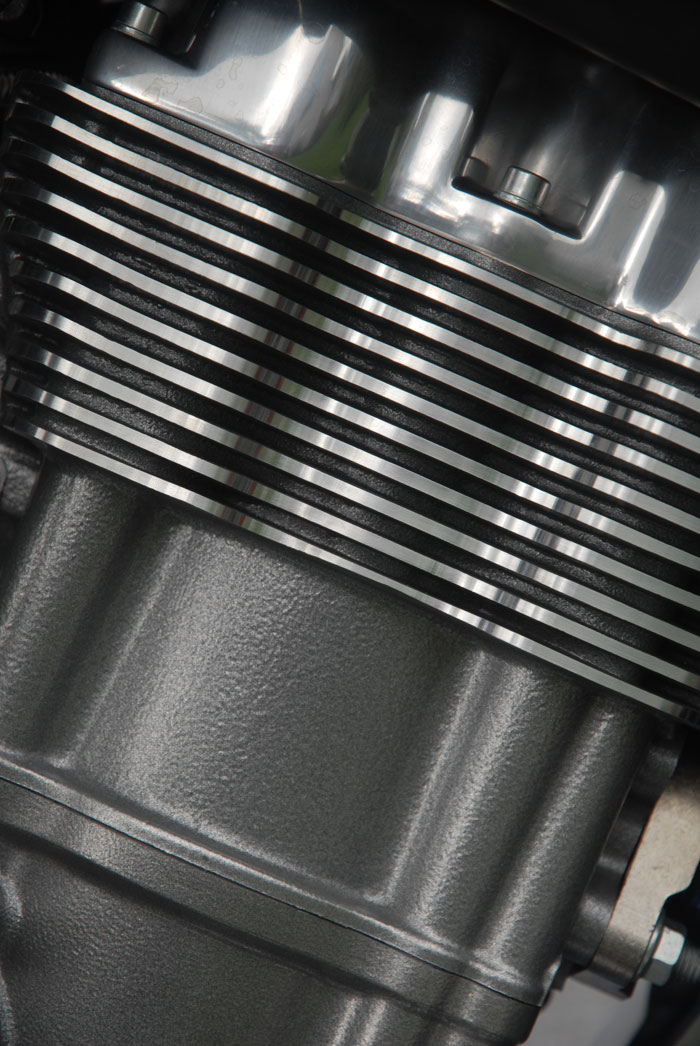Using diesel engine oil in a natural gas engine will cause valve torching, piston scuffing and a reduction of spark plug life. Additionally, oils with high ash content may cause valve and/or piston damage that leads to excessive oil consumption and catalyst degradation. You can avoid this by following all engine OEM recommendations and requirements when choosing the correct engine oil.
Mitchell 1 recommends verifying that the oil packaging label contains applicable specifications. Always use the normal recommended oil for a new or rebuilt engine as special “break-in” oils should never be used. Natural gas engine oil does not turn dark or appear as dirty as diesel oil. Be sure to follow OEM-recommended oil change intervals when determining service requirements.
Properly identifying piston rings
Most technicians are familiar with compression and oil control piston rings, which are fitted into grooves on the outside diameter of a piston. In many diesel engines, however, piston rings aren’t just found on the piston. There is a type of piston ring that actually fits into the upper part of the cylinder liner itself, Mitchell 1 explained. This unique type of piston ring is known as an “anti-polishing” ring.
In diesel engines, a small gap is formed between the outside diameter of the top of a piston, and the inside diameter of the cylinder liner. While the engine is running, carbon deposits will accumulate in this site. These deposits will ride along with the piston, wearing the cylinder liner wall. The anti-polishing ring serves to remove these deposits from the top of the piston. Along with reducing cylinder liner wear, anti-polishing rings also help cut hydrocarbon emissions.
Cold weather impact in tire inflation
Having the correct tire inflation can be a tricky business. Over inflating a tire dramatically reduces its contact patch. Under inflation increases its contact patch, which increases rolling resistance.
Fluctuations in temperature can cause the tire tread patch to change, resulting in irregular tire wear and changes in traction.
It’s the air inside the tire that supports the load, not the tire itself.
Charles’ Law states that as temperatures decrease, so does the volume of air inside the tire. This decrease causes a pressure drop, which means the tire cannot support as much weight. Every 10-degree change in air temperature changes tire inflation pressure by 1 to 2 psi (down with lower and up with higher temperatures).
Maximum tire inflation pressure can be found stamped onto the tire’s sidewall. Rims will also have a maximum (not to exceed) inflation rating as well. Mitchell 1 recommends adjusting tire pressure for your operating conditions to ensure safe driving and maximum fuel saving conditions.







